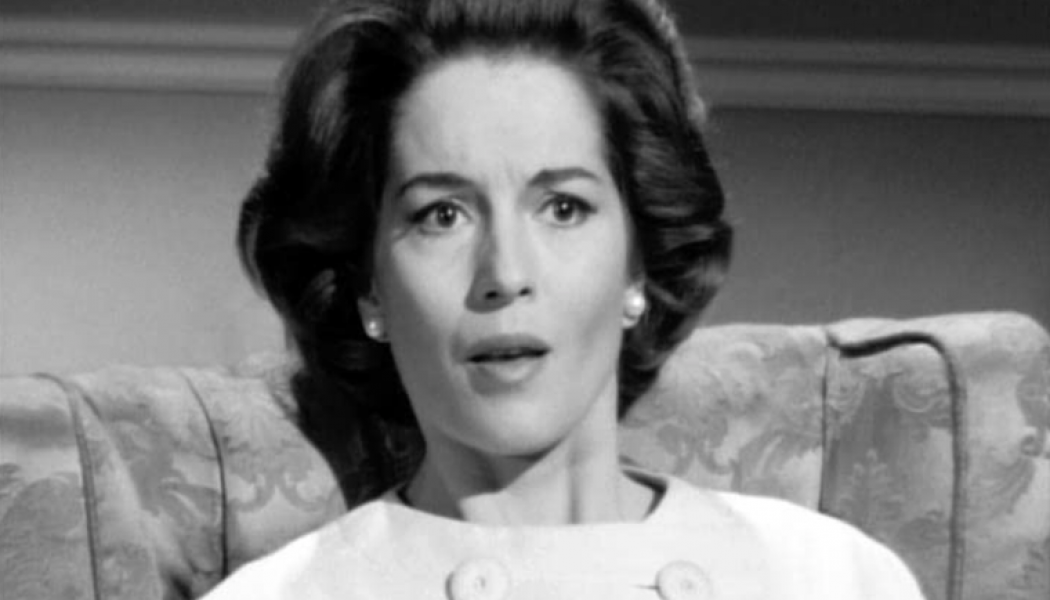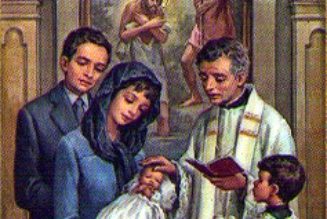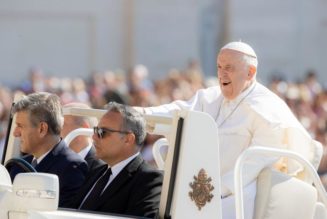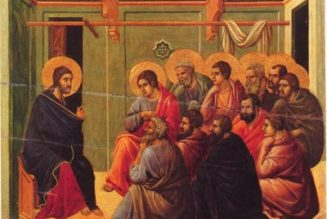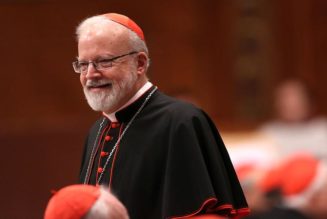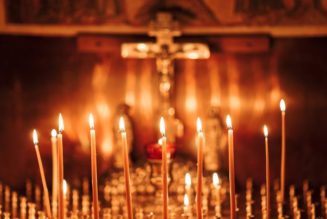
Barbara Shelley, who died Jan. 4, 2021, at 88 years of age, was one of Hammer Film’s celebrated “Scream Queens.” During the 1960s, along with a number of actresses, she became part of the Hammer’s acting repertoire, adding glamour to the grisly proceedings. Never a household name, Shelley was, nevertheless, a recognizable face on screen.
When asked, Shelley would say that her favourite on-screen moment came as the expiring vampire staked in the 1966 film, Dracula: Prince of Darkness. She felt she captured there the yearning sadness of the “Undead.” That said, there was nothing sad about the actress in real life. To the end, she was a wealth of stories about her time at Hammer, in Hollywood and elsewhere, tales often laced with a pomposity-puncturing wit.
Her film career had commenced long before Hammer, though. Her start in cinema had come by chance. Having left her native London to work as a fashion model in Rome, she was spotted by a film producer. Soon after, she was cast in non-speaking parts in various productions then filming in Italy. By the mid-1950s, however, having picked up Italian easily, she graduated to play starring roles in films then being produced at Rome’s famed Cinecittà Studios.
Her return to England in the late 1950s came at time of expansion in the British film industry. A rising film star throughout the late 1950s and early 60s, in such films as Village of the Damned (1960), Shelley’s professional world changed forever with the 1964 Hammer film, The Gorgon. Thereafter, throughout the 1960s, she was to be identified with Hammer Horror. During those years, she was to be on the receiving end of among many “horrors” — stakes (Dracula: Prince of Darkness), threats from extra-terrestrial visitors at Hobbs End tube station (Quatermass and the Pit [1967]) and, perhaps more frightening still, the advances of Rasputin (Rasputin: The Mad Monk [1966]).
She enjoyed every moment at Hammer. She likened her time working at the studios in Bray, Berkshire, as akin to being part of a large family, with a good canteen to boot. The friendships she made with fellow stars, such as Christopher Lee and Peter Cushing, were genuine, enduring and in her final years fondly remembered. She recalled later how frequent the conversations were at the time about what many at Hammer feared most — namely, typecasting.
By the late 1960s, cinema in general and British cinema in particular was heading in an ever more violent and sexually-explicit direction. This was not a direction Shelley cared to go in — once saying she could not countenance her father going to work on Monday morning and being informed by his work mates how on television at the weekend they had seen his daughter naked. At a time when standards in the British film industry were falling, Shelley resolutely retained hers. Throughout the 1970s she worked randomly in television and on the stage — she was a member of the Royal Shakespeare Company between 1975 and 1977 — but with no role as memorable as her earlier films. By the close of 1980s, her career was effectively ended.
She was born Barbara Kowin in 1932 in London. Eventually, the family settled in Wealdstone, northwest London. Her father had bought a house there with the compensation money he had received following an industrial injury. It was to this house throughout most of her adult life, barring periods working abroad, that Shelley would return to live with her parents. Her upbringing, she was to state later, continued to be the guiding light throughout her life. It engendered a sense of both hard work and duty, something she retained to the end. During her childhood years, one of her earliest memories was of the Blitz. She would recollect standing with her father watching the aerial assault and the burning city in the distance lighting the night sky over London. By the time World War II ended, however, it was she who was on fire. She would tell how it was by accident that she ended up appearing in a school play. However, from the moment she stepped on stage she said she knew her life’s calling was no longer in doubt.
Significantly, Shelley never trained as an actress, making her later screen presence all the more remarkable. Although she was modest about her talents, it was clear to many that she possessed an instinctive grasp of what worked on screen. Likewise, in later life, she would often insist that while a starring actress she never thought of herself as beautiful, when again it was apparent to many that the film camera had only enhanced her natural good looks.
Shelley said that her fellow actor, Jeff Chandler, whom she had met on the set of the 1961 film A Story of David, had been the love of her life. Their love affair was short-lived, however, on account of Chandler’s death from a bungled operation deemed medical malpractice that same year. She never married.
Following the death of her parents, Shelley lived alone in her childhood home for the last decades of her life. She was a gifted interior decorator. She sewed and painted props for the BBC, and was skilled at making elaborate wedding dresses.
Brought up in a devout Catholic home, during the last years of her life Shelley returned to the practice of her childhood faith. She attended daily Holy Mass at the nearby St. Joseph’s Catholic Church, Wealdstone, as well as going on pilgrimage to Lourdes. In her latter days, she could be seen in church often alone praying the Rosary. This deepening of her faith seemed to put all else in perspective — so much so that, by the end, she had to be coaxed to speak of her former glamorous career.
Nevertheless, in the last decade, Shelley found herself rediscovered on the retro–film-festival circuit, especially among devotees of the horror genre. She was surprised and flattered by this, while taking it all in her good-natured stride. Her last appearance on television was in 2010 when she was interviewed for a BBC documentary series on horror films.
In 2009, Shelley suffered a stroke. From then on, she lived with impaired and decreasing mobility. As a consequence, with deteriorating health, her last years were dogged with regular hospitalizations. Independent all her life, and determined to retain her family home, she was frustrated at having to rely increasingly on the assistance of others. Nevertheless, her mind and her wit remained as sharp as ever, right up until the end. With her eyesight failing fast, each time I saw her she held her rosary in her hand and prayed its beads.
On screen Barbara Shelley may have died “a vampire,” but in her real, very private life she died in the arms of Mother Church, having received the Last Rites with not a stake in sight. More than anyone, she would have enjoyed the irony of that.
Requiescat in pace.
Join Our Telegram Group : Salvation & Prosperity
